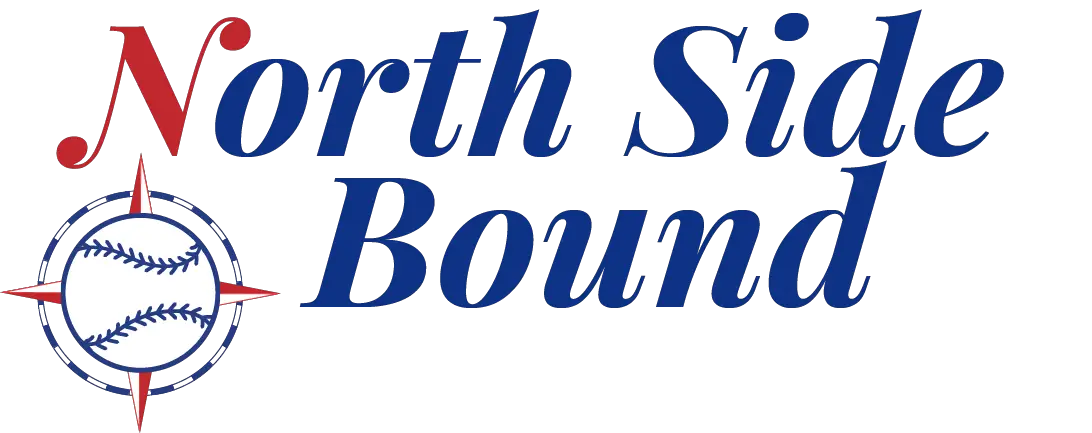It is officially MLB Draft week and we’re just a few days from seeing the next class of Cubs prospects to enter an emerging system. If you haven’t dived in to the draft before, it’s a great time to do so. With their first two picks last season the Cubs landed Cade Horton and Jackson Ferris. Both pitchers quickly established themselves as top prospects in the system. Will the Cubs see similar results this year?
The Details
The 2023 MLB Draft is 20 rounds and will be held July 9-11 in Seattle, Washington. If you’re in town, fans can attend the event!
How to Watch
Rounds 1-Comp B, Sunday, July 9: MLB Network at approximately 7 PM EST
Don’t miss North Side Bound’s Live Draft telecast, which will feature guests and more Cubs draft content than you can handle!
Rounds 3-10, Monday, July 10: MLB.com time 2 PM EST
Rounds 11-20, Tuesday, July 11: MLB.com, time 2 PM EST
Bonus Pool:
Rounds 1-10 feature the bonus pool for each team where each selection is assigned a slot value (recommended signing bonus). These are only suggestions and teams, with only a few exceptions, can move money around to accommodate players they want to draft and sign. The total sum of these slot values makes up a team’s bonus pool.
Chicago Cubs: $8,962,000
1. (13) $4,848,500
2. (68) [Compensation for Willson Contreras] $1,101,000
3. (81) $872,400
4. (113) $591,800
5. (149) $416,900
6. (176) $325,600
7. (206) $254,500
8. (236) $203,600
9. (266) $179,400
10. (296) $168,300
Overage: $448,100
Bonus pool + overage: $9,410,500
If a player is drafted in the top ten rounds and does not sign, the team loses the value of that bonus allotment. This rarely happens, but it did occur with the Cubs in 2019 when they failed to sign their 10th round selection, Wyatt Hendrie. Teams may spend up to an additional 5% of their bonus pool. so the Cubs have a total of $9,410,500 with the 5% amount of $448,100 without a significant penalty. The Cubs have overspent their designated bonus pool every single year of the current format.
Rounds 11-20
Players selected in rounds 11-20 can sign for up to $150,000 without any bonus money counting towards the overall pool. Any dollar over $150,000 counts towards the pool. The Cubs strategized that the ideal use of their pool last year was to use one $200k bullet in rounds 11-20. This maximum was increased from previous years when it used to be $125,000.
Draft and Follows
The draft-and-follow rule is back. Draft and following a player gives teams the ability to “follow” a player who decides to forgo signing immediately and, instead, plays for a junior college. By following the player, the team that drafted them may sign that player after the end of their junior college season and before the following year’s draft. Bonus amounts over the $225,000 figure then count towards a team’s bonus pool. The Cubs were incredibly creative in previous seasons with their signings so expect them to use any and all strategies to bring in impact players. We did not see the Cubs use this strategy last season, but could we in 2023?
Post-Draft Free Agency
Any player eligible for the draft who is not drafted may sign with any team for a maximum amount. In the 2022 Collective Bargaining Agreement, this maximum is now $20,000. This will often involve college seniors, like in 2020 when the Cubs signed Matt Mervis, Bradlee Beesley, Ben Leeper, and many others. However, the Cubs signed Jacob Wetzel, who was a junior college player. The bulk of the players brought into the organization will come from the 20-round draft, but don’t lose sight of the post-draft free agency period. The post draft free agency period has had a significant impact on the Cubs system, with Max Bain and Joe Nahas in 2019, Walker Powell and Tyler Santana in 2021, Grant Kipp in 2022, not to mention more than a dozen interesting prospects from 2020 as mentioned previously.






